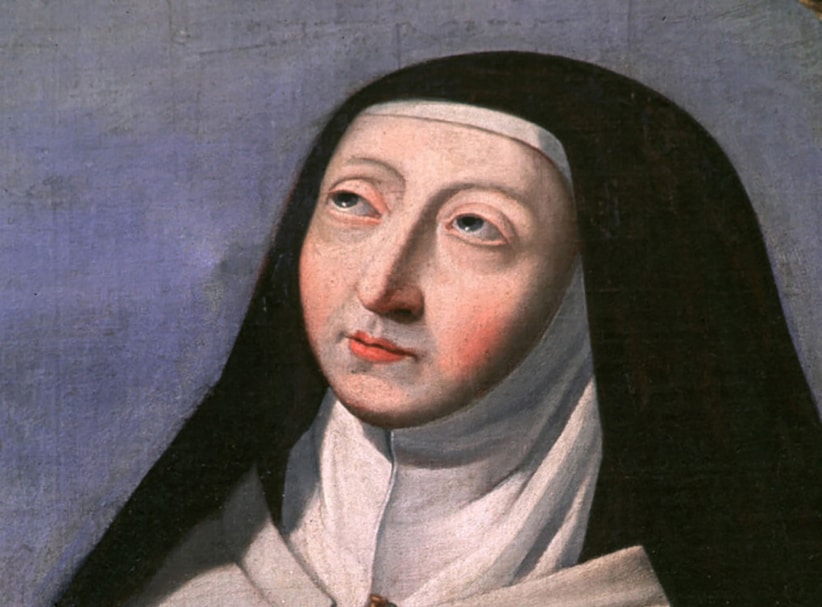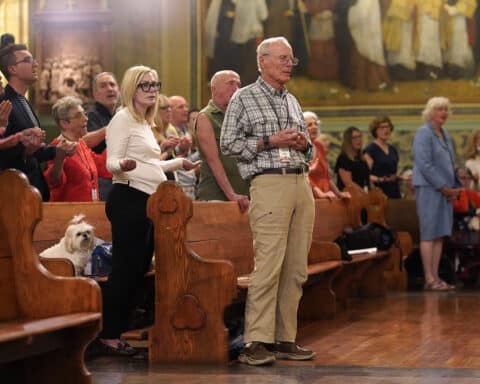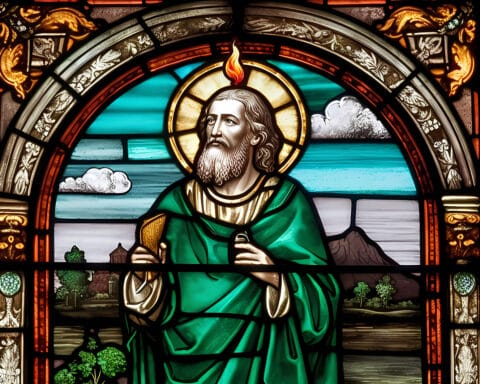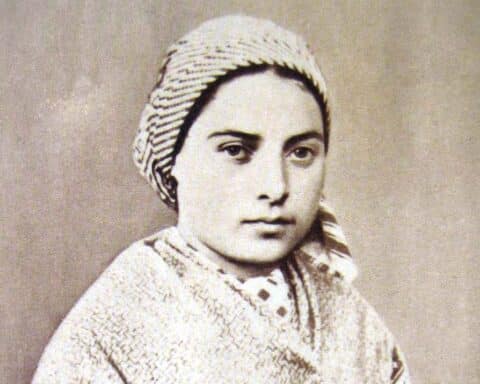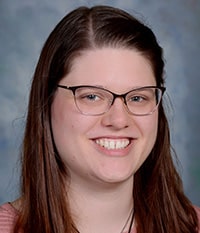
Not only does October begin with one of my favorite feast days on the Catholic calendar — the feast of St. Thérèse of Lisieux — but the entire month is scattered with some of the most popular saints and feasts to date: the Guardian angels (Oct. 2), Francis of Assisi (Oct. 4), Faustina (Oct. 5), Our Lady of the Rosary (Oct. 7), Teresa of Ávila (Oct. 15), Margaret Mary Aloqoque (Oct. 16), Ignatius of Antioch (Oct. 17), Luke the evangelist (Oct. 18), Paul of the Cross (Oct. 20) and John Paul II (Oct. 22). And those are only the heavy-hitters.
For years, I’ve bought any book I could find about St. Thérèse and her family. Compared to many other saints, the Martins seem approachable — an average family that made normal life an opportunity for grace. But other saints, at first glance, can seem intimidating. Among those on my list has been St. Teresa of Ávila. In contrast to Thérèse’s autobiography, the writings of Teresa — including her own autobiography and her spiritual masterpiece “Interior Castle” — have collected dust on my shelf. I’ve wanted to dive in, but, in the spirit of Thérèse, I’ve felt too little to approach the reformer of the Carmelite order. In short, I needed a gentle introduction. Luckily, a new book by OSV has bridged that gap for me.
To be honest, I’ve been waiting for Terry Polakovic’s book to be published for a couple years. Titled “Women of Hope: Doctors of the Church” (OSV, $17.95), the book looks at the four female Doctors of the Church: Teresa of Ávila, Catherine of Siena, Thérèse of Lisieux and Hildegard of Bingen. I’ve wanted to get to know these women for ages. So, leading up to these great October feast days, I dove in, reading the book cover to cover in a few short weeks.
Going in order of who was named a Doctor of the Church first, the book opens with the life of Teresa of Ávila. And while I will still admit to being a bit intimidated by the spiritual giant, I was struck with just how human she was, as was her family.
To start, Teresa was a high-spirited girl. Influenced by her mother’s love of romance novels, she and her siblings were inspired to pursue glorious acts in their lives. While Teresa and a brother were thwarted in their attempt to run away and become martyrs, that passion never left her. In fact, the pendulum quickly swung the other way in her formative teenage years when, in light of her mother’s death, she clung to the example of an older cousin to follow worldly pursuits until her father, concerned for his favorite daughter, sent her to a boarding convent to straighten her out. To go from a wanna-be martyr to a socialite and then later on to a religious reformer is the type of description you will only find in a saint’s biography. But that’s what happened.
Yet, by the end of reading the section on Teresa, I realized that, in some ways, she was more relatable than my dear Thérèse. While Thérèse had a heart for religious life from a young age, Teresa took a little longer in finding her vocation. When it came to a spiritual life, it didn’t come naturally to Teresa; in fact, her father called her out when he noticed his daughter’s preference for talking about prayer over praying itself — and this was when she was a religious sister! And while Thérèse had her “Christmas miracle” where her heart was suddenly converted, Teresa had to take conversion one step at a time.
What Teresa accomplished is still impressive in the eyes of Church history, and it still might take me a while to pick up — let alone finish — her spiritual classics. But I’m much less intimidated by this spiritual giant. Like any saint, I’m eager to get to know her more simply as a big sister.
Ava Lalor is assistant editor for Our Sunday Visitor and editor for Radiant magazine.

